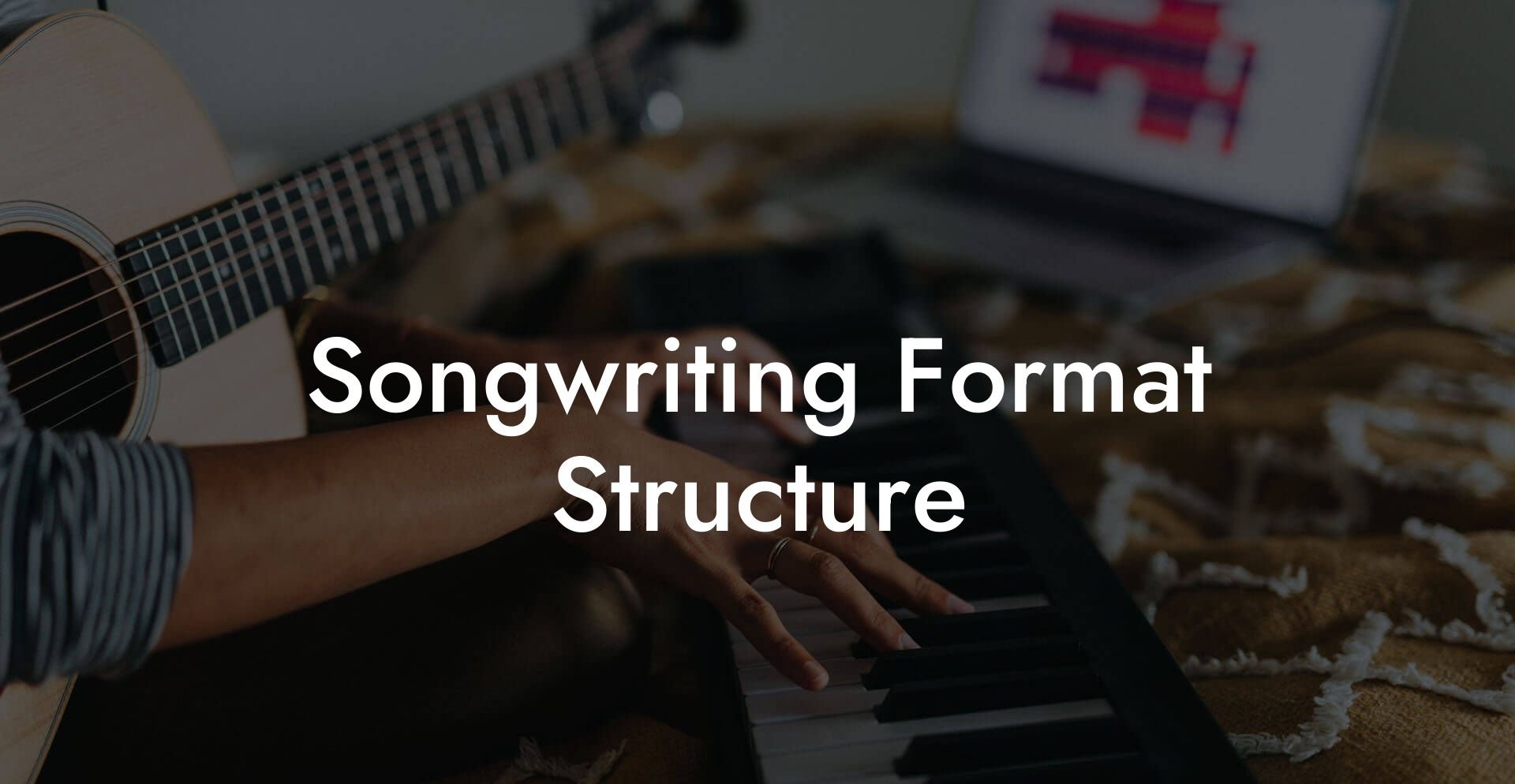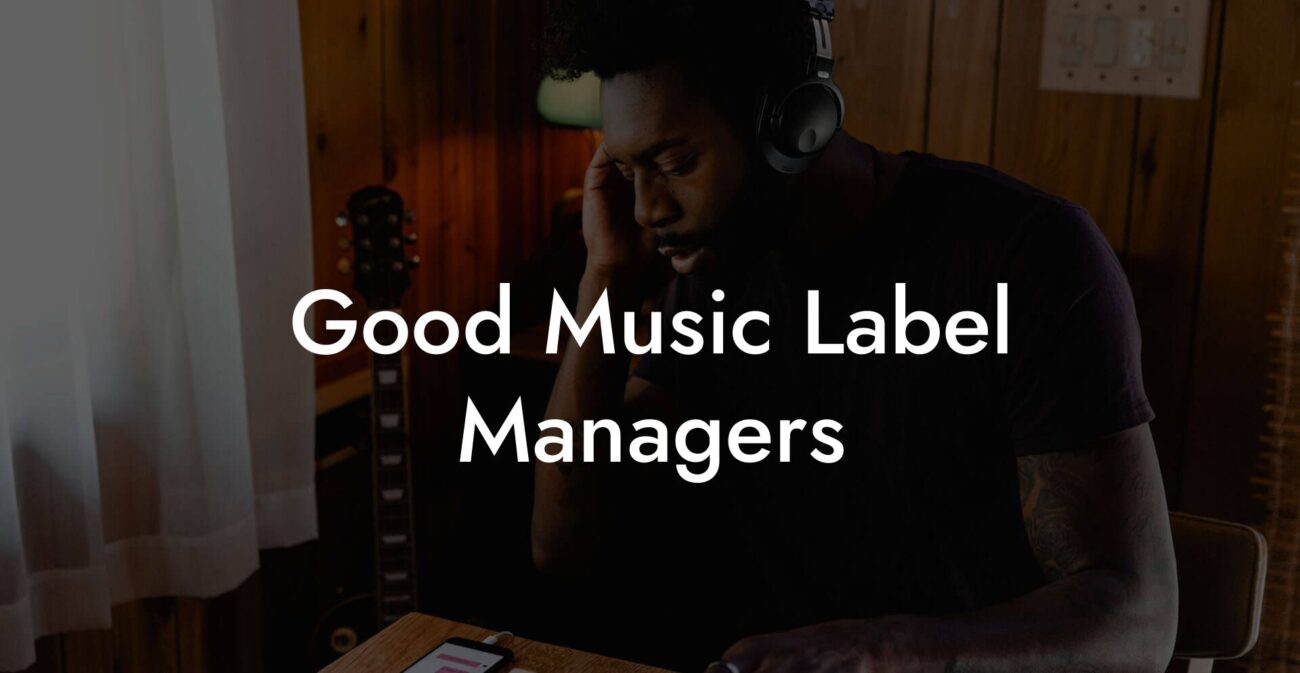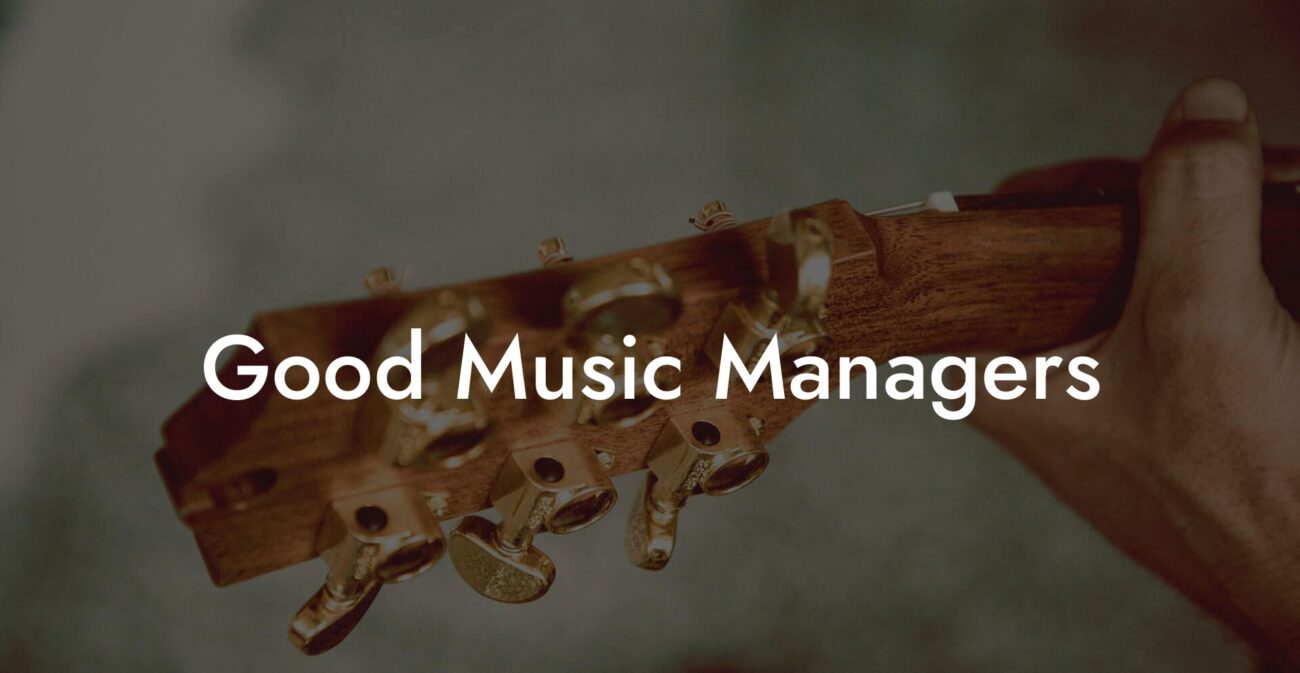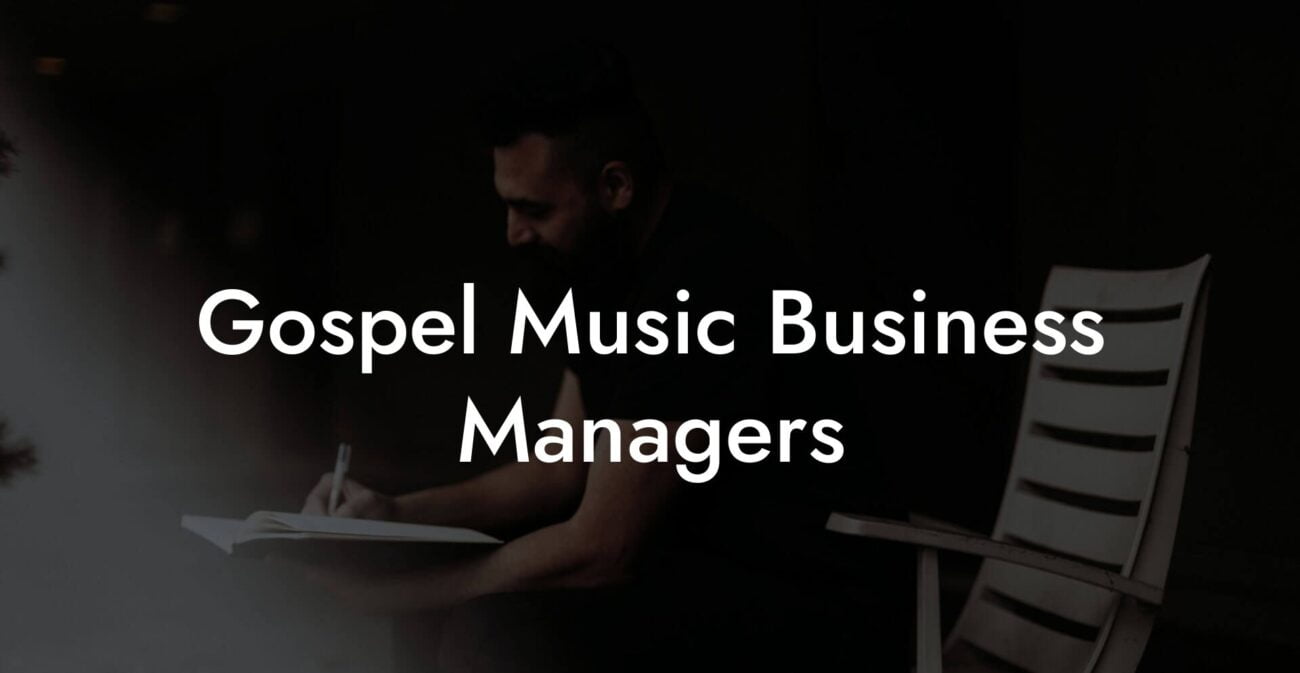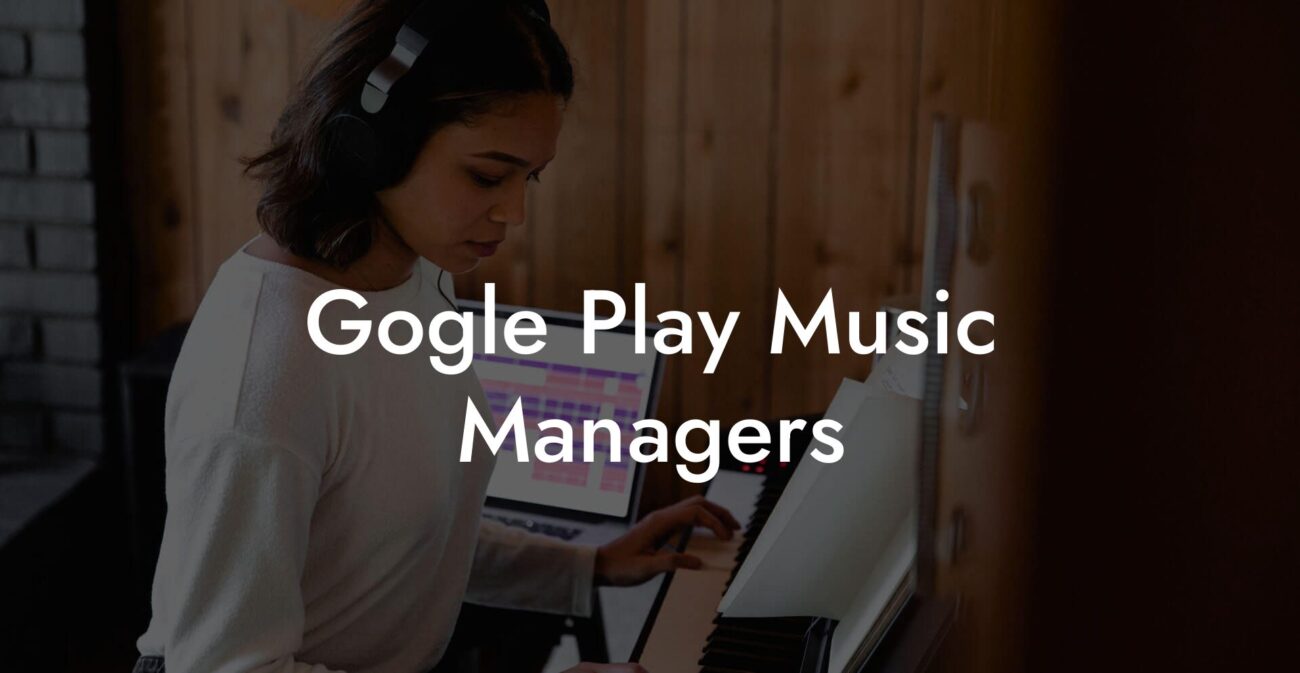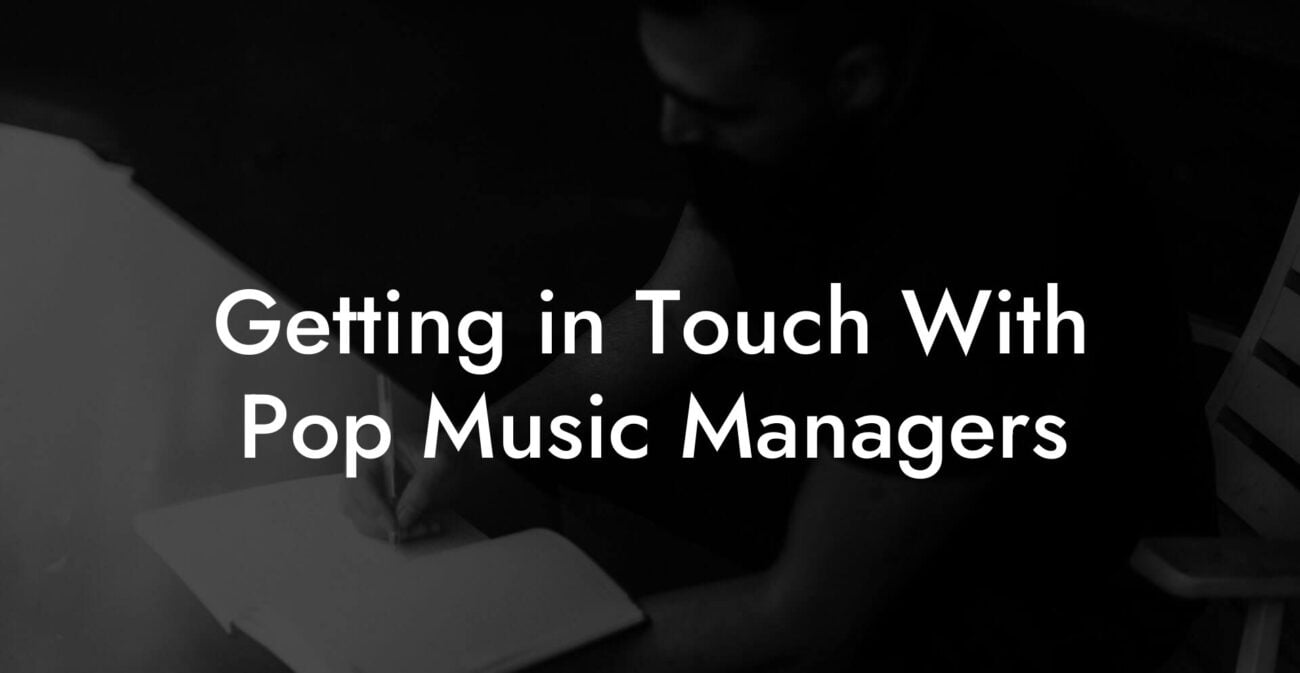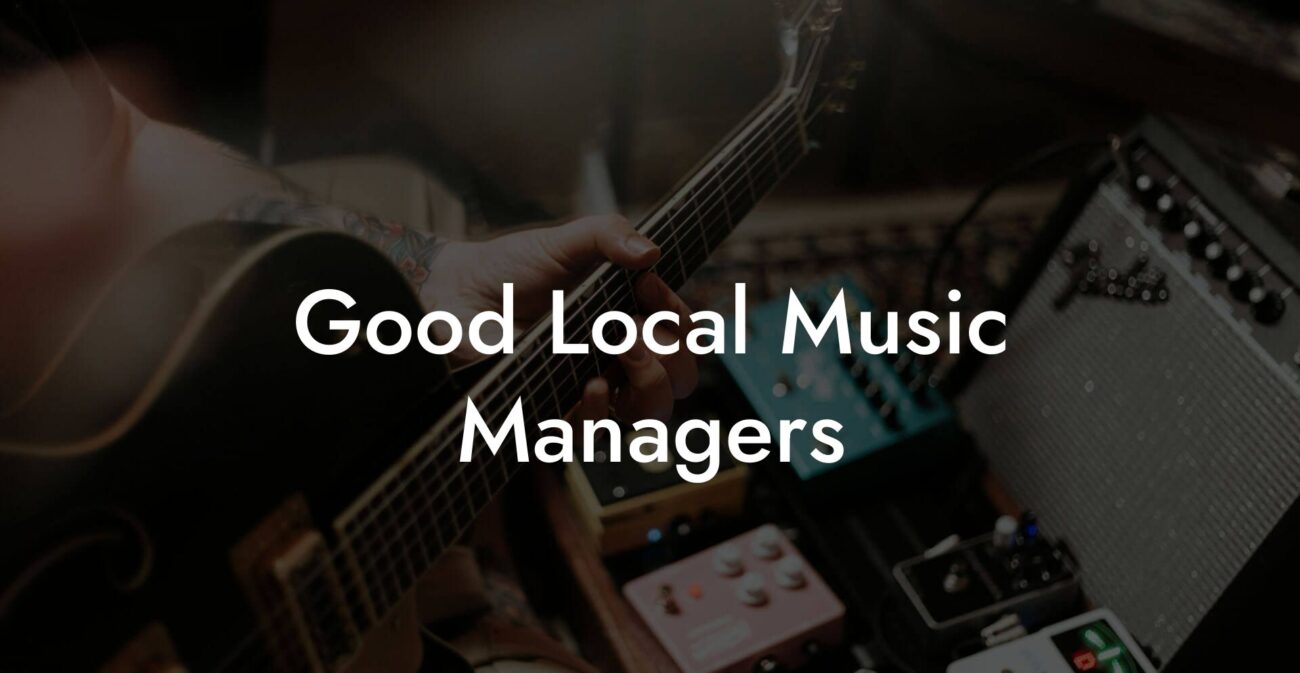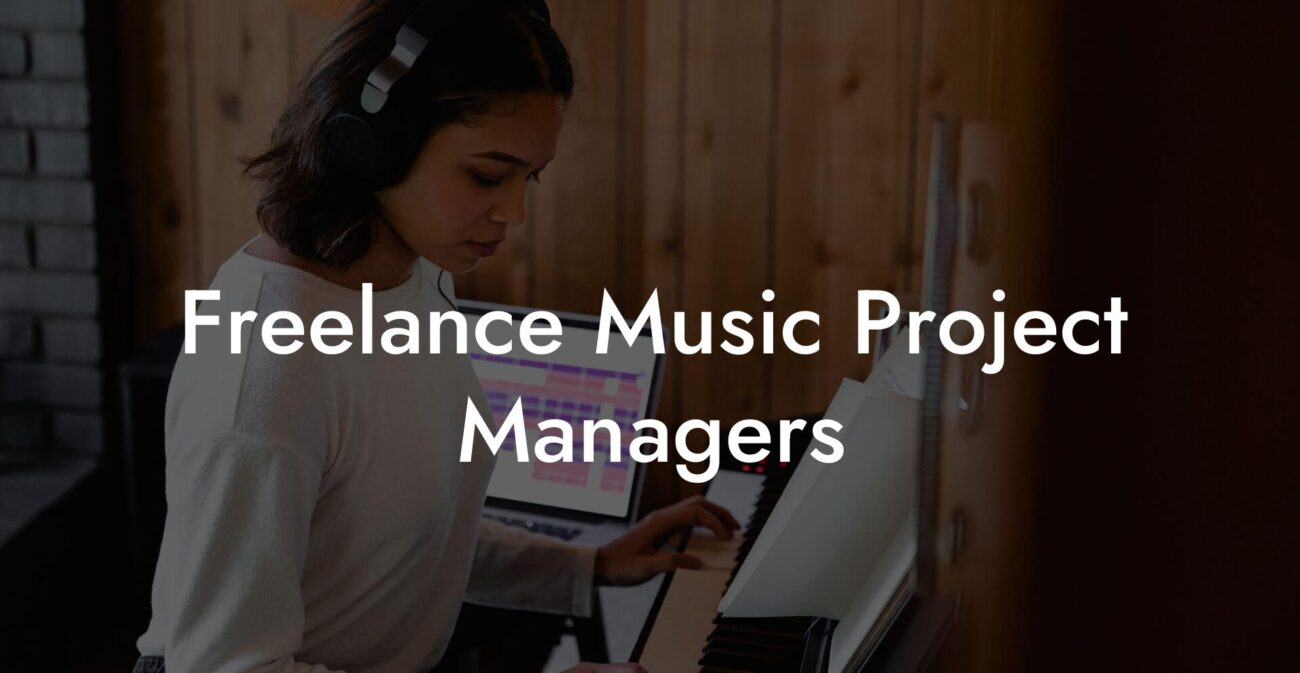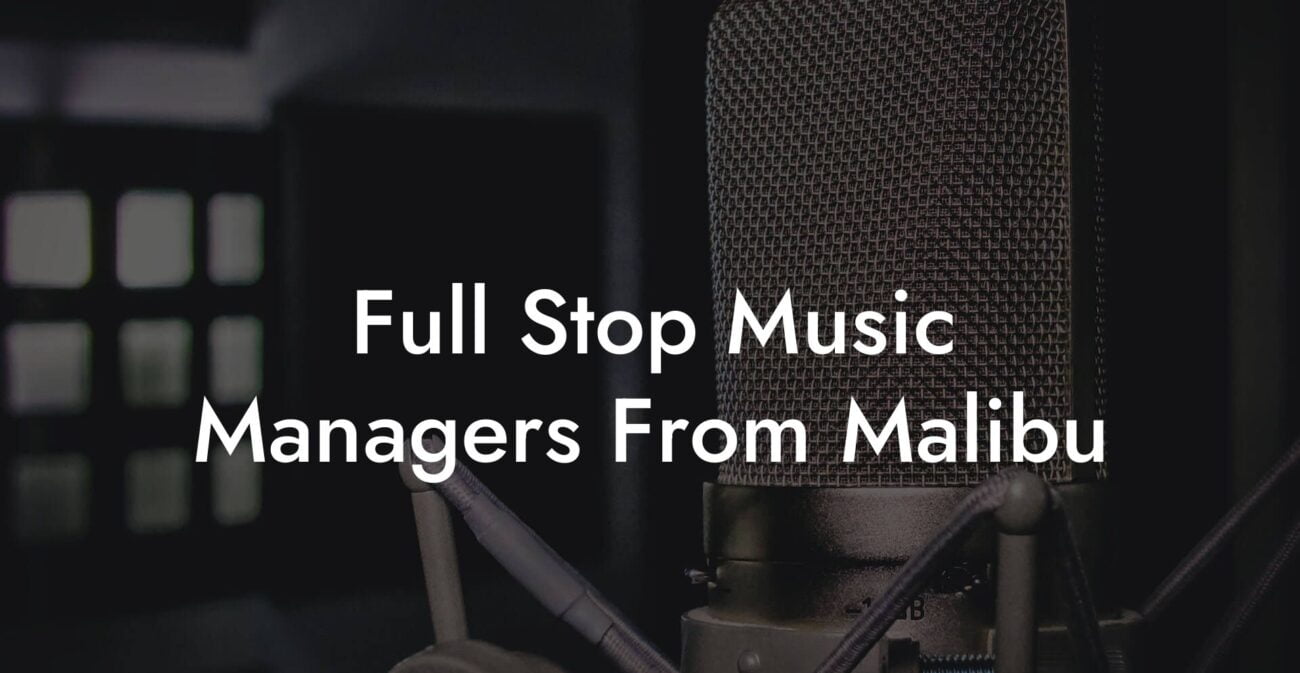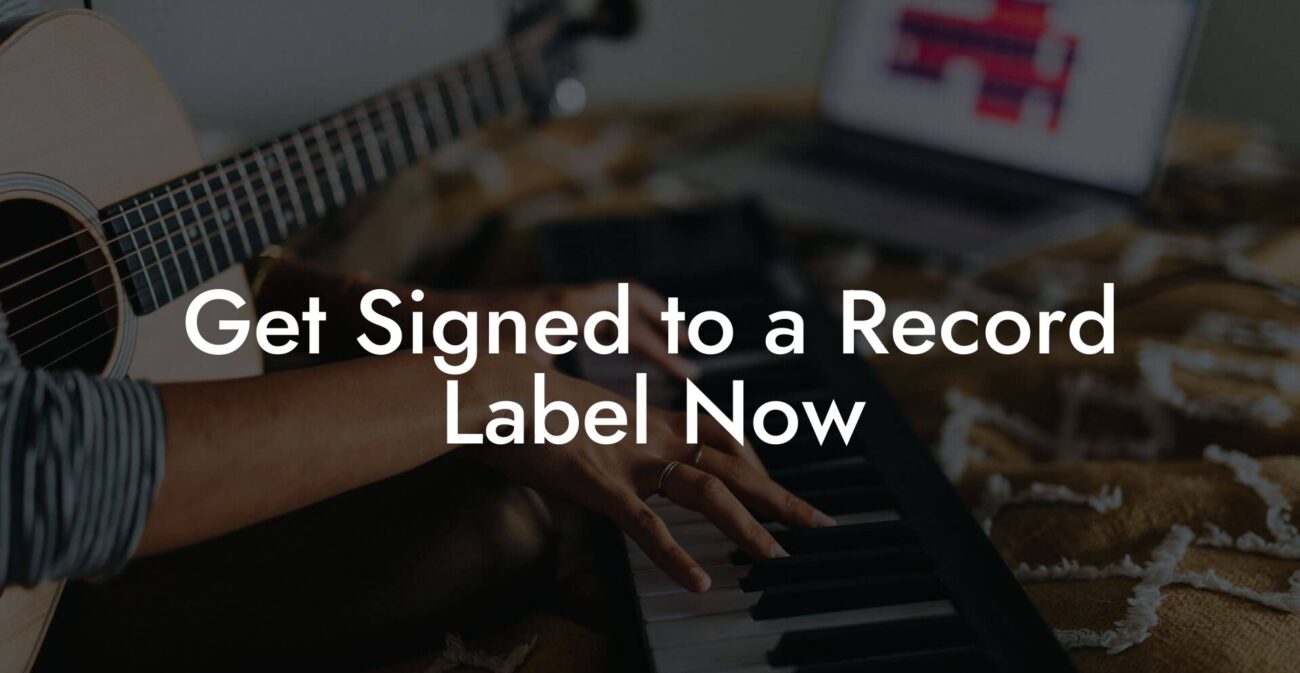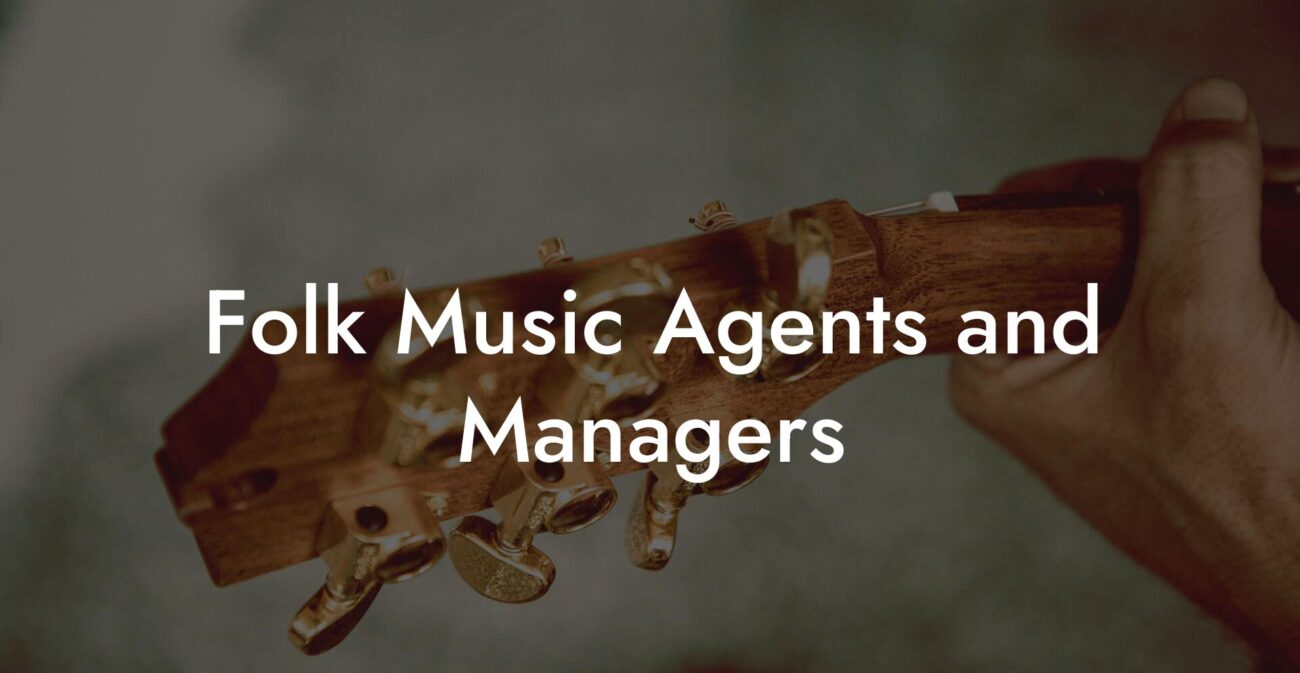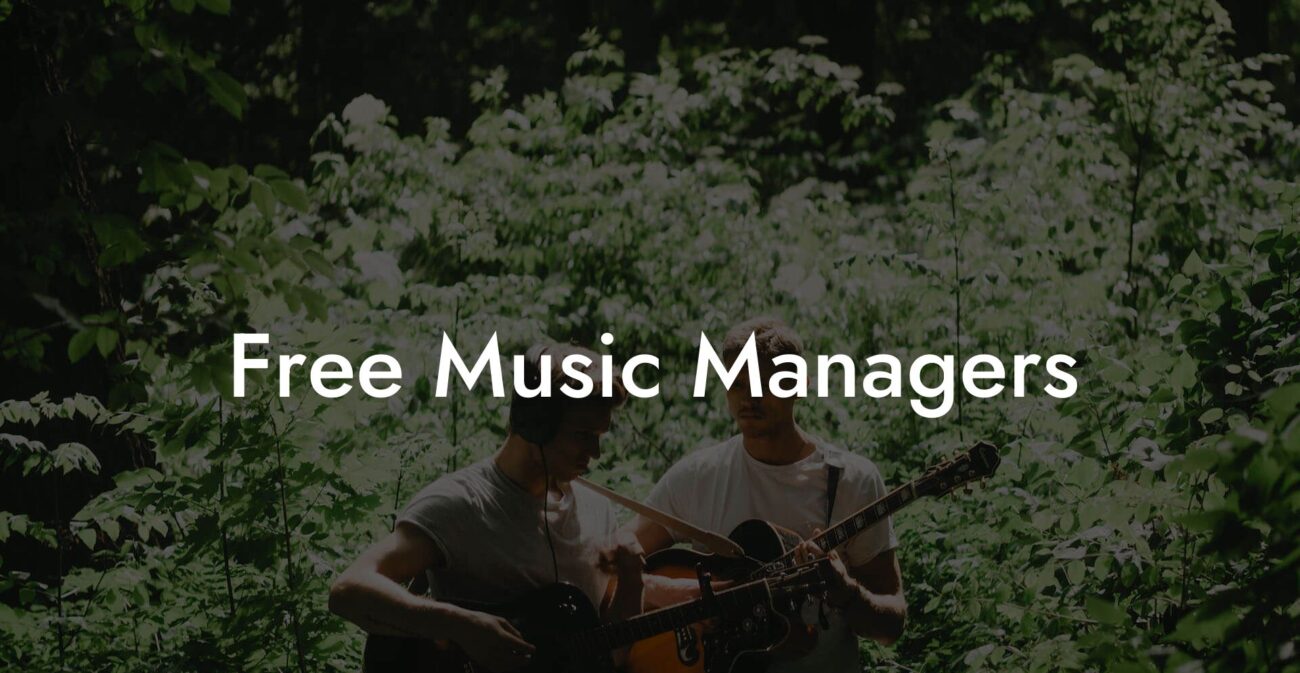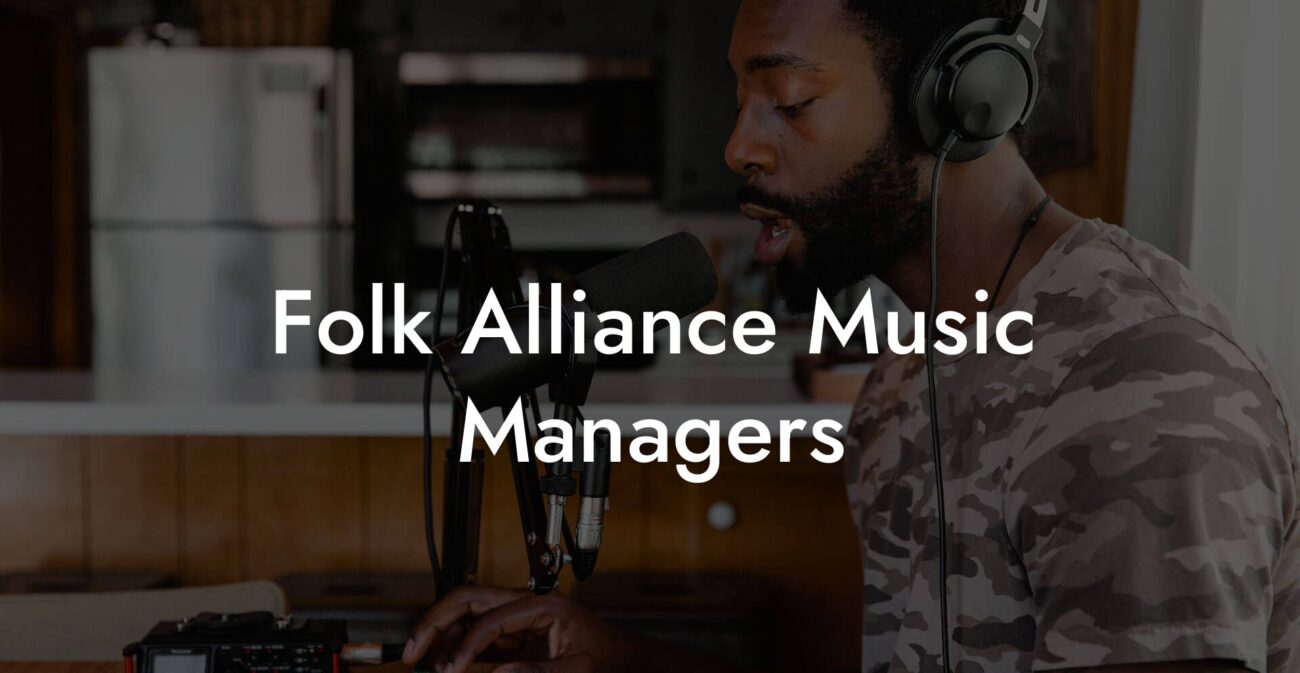Ever tried to write a song and felt like you were trying to decipher an ancient treasure map in a language only known to unicorns? Welcome to the wild, creative journey of songwriting where structure meets serendipity, and your lyrics transform from scribbles on napkins to chart-topping magic. In this guide, “Songwriting Format Structure,” we’re serving you a delicious mix of proven frameworks, offbeat tips, and a generous helping of humor to help you master the art of crafting a song that sticks. Whether you’re strumming on your guitar at midnight or tapping out a beat on your laptop while binge-watching your favorite series, get ready to dive deep into the mechanics of songwriting and discover how a bit of structure can unleash your inner musical genius.
Looking to write your next song? Transform your creative ideas into songs that people will love, and skyrocket your music career with Lyric Assistant. The perfect songwriting assistant. Find out more →
Quick Links to Useful Sections
- Defining the Songwriting Format Structure
- The Building Blocks of a Hit Song
- Popular Songwriting Structures: How to Map Out Your Hit
- The Verse-Chorus-Verse-Chorus-Bridge-Chorus Pattern
- The AABA Format
- The Through-Composed Form
- Crafting the Perfect Hook: The Secret Sauce
- Tools and Techniques for Structuring Your Song
- Digital Audio Workstations (DAWs)
- Lyric Writing Apps
- Mind Mapping Software
- The Role of Genre in Song Structure
- Navigating Creative Blocks with Structure
- Real-Life Success Stories: From Scribbles to Chart-Toppers
- The Bedroom Balladeer Turned Superstar
- The Genre-Blending Innovator
- The Collaborative Creative Dynamo
- Advanced Techniques in Song Arrangement
- Resources and Community Support: Your Next Steps
- Bringing It All Together: Your Blueprint for Songwriting Success
- FAQs on Songwriting Format Structure
- Your Next Step on the Songwriting Journey
Defining the Songwriting Format Structure
Songwriting is both art and science—think of it as mixing the perfect playlist for your soul while following a secret recipe passed down by musical sages. The songwriting format structure refers to the organization of a song’s elements, each playing a distinct role to shape the overall vibe and flow. This isn’t about stifling creativity; instead, it’s like using a creative roadmap that ensures your story is told exactly how you envisioned it.
At its core, the structure gives your song a frame that highlights its highs, lows, and sizzling moments. Imagine your favorite burger: the bun holds everything together while the patty and toppings provide the gourmet surprise. In songwriting, the verses, chorus, and bridge are similarly interdependent—each component complements the others to create a cohesive masterpiece.
In our fast-paced, digitally driven era, having a structure is more than just convention; it’s a sanity-saver. It helps you capture the fleeting idea before it floats away like a Snapchat story and transforms it into a timeless track. Plus, with platforms like Lyric Assistant making the process a breeze, you’re one step closer to turning your next brainstorm into a hit.
The Building Blocks of a Hit Song
Before we deep dive into various songwriting structures, let’s break down the basic components that most songs share—think of them as the ingredients for your favorite comfort food:
Write Lyrics Like a Professional Songwriter
The ultimate songwriting tool that takes your creative vision to the next level! With just a few clicks, you can unleash your inner songwriter and craft a hit that's uniquely yours. Your song. You own it.
- Verse: The storytelling core where your song’s narrative unfolds. Verses set the stage, provide context, and take your listeners on a journey.
- Chorus: The emotional, recurring hook designed to stick in your head like that one catchy jingle you can’t shake off. It’s the heart of the song, summing up the theme with pizzazz.
- Pre-Chorus: The intriguing transitional boost that builds anticipation between your verse and chorus. Think of it as the chemical reaction before a fireworks show.
- Bridge: A contrasting section that offers a fresh perspective or a twist to the narrative, often leading back into a powerful chorus with renewed energy.
- Intro and Outro: Signals the start and graceful finish to your sonic tale, setting the mood and wrapping up the experience with finesse.
These elements can be mixed and matched however you see fit. The magic lies in knowing when to stick to a formula and when to break all the rules. Remember, even the most iconic songs sometimes defy conventional format structures—and that’s where your unique voice shines brightest.
Popular Songwriting Structures: How to Map Out Your Hit
Let’s get practical. Here are some of the most common songwriting format structures that have been turning heads and topping charts for decades. Whether you’re channeling your inner Adele, Taylor Swift, or experimental indie artist, there’s a structure that perfectly suits your style.
The Verse-Chorus-Verse-Chorus-Bridge-Chorus Pattern
This powerhouse structure is the bread and butter of modern pop. Typically, it goes:
- Verse 1: Introduces listeners to your story, mood, or setting.
- Chorus: Delivers the hook—a lyrical and melodic gem that repeats—and solidifies the theme.
- Verse 2: Expands on your narrative, adding layers or new twists.
- Chorus: Reinforces the message with familiarity and charm.
- Bridge: Provides a refreshing departure in tone or dynamics.
- Final Chorus: Rounds off the track, often with extra intensity or a modulated key for added punch.
This layout works wonders because it creates a comforting rhythm while still surprising the listener at just the right moments.
The AABA Format
A classic go-to for jazz and early rock ‘n’ roll, the AABA structure is a bit like telling a joke with a twist. Here, “A” represents the main theme, while “B” is the contrasting bridge. Typically, it looks like:
- A section: Introduces the main musical idea.
- A section: Repeats or slightly modifies the theme.
- B section (Bridge): Offers a contrasting feel—think different chord progression or mood.
- A section: Returns to the familiar theme to wrap it up.
Simplicity is the name of the game here; the listener gets enough repetition to get hooked, yet learns to appreciate the contrast when it appears.
The Through-Composed Form
If you’re not one for repetition and crave constant novelty, the through-composed format might be your jam. In this structure, every section of the song is unique, much like a surprise party where every moment is a new reveal. There are no repeats of entire sections, making this format ideal for storytelling ballads or progressive pieces where evolution is key.
While challenging, this method allows you to experiment with different tempos, keys, and moods throughout the song. Just be mindful that with no repeated chorus or verse, your audience might need a little extra guidance to remember the central theme.
Crafting the Perfect Hook: The Secret Sauce
So, you’ve mapped out your structure—now it’s time to zero in on that irresistible hook. Think of the hook as the magnetic heartbeat of your tune: it’s what gives your song that unforgettable quality that makes it the soundtrack of countless road trips and midnight musings.
The hook can take many forms—a catchy phrase, an unforgettable melody, or even a rhythm that makes your foot tap involuntarily. The trick is combining simplicity with a spark of originality. Here are some tips to nail the hook:
- Melodic Simplicity: Aim for a melody that’s easy to sing along with. Overcomplicating it can lead to listeners zoning out faster than you can say “auto-tune.”
- Lyrical Repetition: Use repetition for effect. A well-placed “la la la” can sometimes do more than a hundred words.
- Rhythmic Punch: Experiment with offbeat rhythms or syncopation. A subtle twist in timing can elevate your hook from ordinary to iconic.
- Emotional Resonance: Let your hook carry the emotional core of your song. Whether it’s joy, melancholy, or pure adrenaline, make sure it feels authentic.
With the right combination of these elements, your hook will not only capture attention but also invite listeners to press repeat—guaranteeing that your song stays on their minds long after the final chord has faded.
Tools and Techniques for Structuring Your Song
While traditional pen and paper may have birthed many a hit in the past, today’s digital age offers a toolkit packed with innovative software, apps, and even AI-powered assistants to streamline your workflow. One of the latest game-changers is Lyric Assistant, turning the tedious task of writing lyrics into a fun, effortless experience.
Here are some top-notch tools and techniques to consider:
Digital Audio Workstations (DAWs)
Whether you’re a bedroom producer or a professional in the studio, DAWs like Ableton Live, Logic Pro, and FL Studio allow you to experiment with different song structures in real time. Layer your vocals, keyboards, and beats until you craft a tight, well-coordinated arrangement.
Lyric Writing Apps
Forget the days of staring at a blank screen. With tools like Lyric Assistant, you have creative prompts, rhyme suggestions, and structural templates that help kickstart your ideas and refine your lyrics into poetic gold.
Mind Mapping Software
Visualizing your song can be a powerful technique. Tools like MindMeister or even a whiteboard session can help you plot out the narrative, chord progressions, and emotional beats of your song. Think of it as creating a visual storyboard where each section of your song is a scene waiting to be filmed.
Using these digital aids, you’re not just following a formula—you’re harnessing technology to amplify your creative potential. It’s like having a digital bandmate who’s always ready with a brilliant idea when yours are on vacation.
The Role of Genre in Song Structure
Genre isn’t just a label you slap on your Spotify profile; it’s a blueprint that informs the mood, tempo, and yes, the structure of your song. Whether you’re vibing with pop, rock, hip-hop, country, or even experimental electronica, understanding the nuances of your genre can seriously up your songwriting game.
In pop music, for example, you might lean heavily on a catchy verse-chorus pattern because repetition is key to hook listeners. In contrast, if you’re writing an experimental track, you might push boundaries with a through-composed form that challenges traditional norms. Even within hip-hop, where lyrical flow and wordplay reign supreme, you’ll find a variety of structures ranging from one-man verses to back-and-forth call-and-response routines.
Embrace your genre’s cues, but don’t be afraid to break the mold. After all, some of the most memorable hits are born from a healthy dose of genre-bending experimentation. Mix up the expected with something uniquely you, and watch your audience get hooked.
Navigating Creative Blocks with Structure
Let’s be real—creative blocks are like that annoying pop-up ad you can’t seem to close. They happen, even to the best songwriters, and can leave you staring at a blinking cursor like it’s the room’s most profound philosopher. The beauty of a solid songwriting structure is that it acts like a safety net, keeping your creative energy flowing even when inspiration takes a coffee break.
Here are some ways to tackle those pesky blocks:
- Set Mini-Challenges: Challenge yourself to write a verse or a chorus in exactly 100 words or less. Constraints can actually open up new avenues of creativity.
- Revisit Familiar Ground: Use a tried-and-true structure template as a launching pad. Sometimes, working within familiar confines sparks innovative ideas.
- Collaborate: Two (or more) heads are better than one. Working with fellow musicians can break the monotony and introduce fresh perspectives that reignite your creative flame.
- Take a Break: Sometimes, stepping away and doing something entirely different—like taking a brisk walk or indulging in your favorite snack—can reset your creative thermostat.
Remember, the structure isn’t a straitjacket; it’s your artistic playground where you can experiment, make mistakes, and ultimately discover new paths to creative expression.
Real-Life Success Stories: From Scribbles to Chart-Toppers
Nothing inspires more than hearing about real artists who transformed their chaotic notebook scribbles into international hits. Let’s peek behind the curtain and explore some real-life examples of how a disciplined songwriting structure can turn a rough draft into a radio-ready hit:
The Bedroom Balladeer Turned Superstar
Meet Jamie, a self-taught musician who once struggled with endless streams of half-finished song ideas. Stuck in a loop of creative frustration, Jamie discovered the power of structure through a songwriting workshop. By following a classic verse-chorus-bridge template and using a digital tool akin to Lyric Assistant, Jamie revitalized their writing process. The result? A soulful hit that resonated with audiences worldwide, landing spots on major playlists and a nod from industry insiders.
The Genre-Blending Innovator
Then there’s Alex, a fearless experimenter who loved mixing elements of electronic, rock, and folk. Initially, Alex’s recordings were a jumble of sounds and ideas. After embracing a modular approach to songwriting where the structure was seen as flexible rather than rigid, Alex created a signature style that defied categorization. The innovative blend not only captivated listeners but also redefined conventional genre norms—proving that structure can be both a guide and a launchpad into uncharted musical territories.
The Collaborative Creative Dynamo
Finally, let’s talk about Taylor and Jordan, a duo who transformed their local gigs into viral sensations. Their secret sauce? A structured approach to songwriting that allowed room for both individual flair and seamless collaboration. By dividing the process into distinct phases—brainstorming, drafting, and refining—they maximized each other’s strengths. Their united effort produced anthems that echoed the heartbeat of their generation, showing that sometimes, structure is the silent partner in collaborative magic.
These stories show that whether you’re a solo act or part of a band, embracing a structured songwriting format can propel you from the drawing board to the digital airwaves.
Advanced Techniques in Song Arrangement
Ready to take your songwriting skills from basic to brilliant? Once you’ve mastered the foundational structures, it’s time to experiment with advanced techniques in song arrangement that truly set your work apart.
Here are some cool tips to experiment with:
- Tempo and Key Shifts: Introducing subtle tempo changes or modulating the key can provide dramatic shifts in mood—keeping your audience engaged from start to finish. It’s like switching from a casual latte to a double espresso in the middle of your song.
- Instrumental Bridges: Sometimes words aren’t enough. Incorporate instrumental solos or breakdowns that let your instruments do the talking. These musical interludes can add depth and complexity to your emotional narrative.
- Dynamic Arrangement: Play around with the volume and intensity across different sections. Start soft, build up, then bring it back down for dramatic effect. This ebb and flow can mirror the emotional journey of your lyrics.
- Interludes and Sound Effects: Use creative soundscapes or ambient noises to transition between sections. A well-placed sound effect can be the secret ingredient that turns an average track into an unforgettable mood piece.
Experimentation is key in the advanced stage of songwriting. While knowing the rules is important, knowing when and how to break them will help you create songs that are not only structurally sound but also bursting with creative spirit.
Resources and Community Support: Your Next Steps
Embarking on your songwriting journey is an adventure best shared with others. Whether you’re a budding lyricist or a seasoned composer, tapping into community resources and support networks can level up your craft.
Consider joining songwriting forums, local workshops, or online communities where you can exchange ideas, get feedback, and collaborate on projects. Platforms like Lyric Assistant not only streamline your writing process but also connect you with fellow creatives who are just as passionate about music as you are.
Look out for webinars, live Q&A sessions with experienced songwriters, and social media groups dedicated to songwriting strategies. These resources are treasure troves of advice, challenges, and even friendly competitions that will push you to fine-tune your skills and experiment with diverse songwriting structures.
Remember, every hit song started with a single spark of inspiration—and often, a little outside help. Surround yourself with a community that encourages creative risk-taking and constant learning, and you’ll find that the journey from inspiration to hit song becomes as enjoyable as the final product.
Bringing It All Together: Your Blueprint for Songwriting Success
As you stand at the crossroads of creativity and structure, remember that songwriting isn’t about rigidly sticking to one formula—it’s about using the framework as a tool to unlock your creative freedom. Whether you follow a classic verse-chorus cycle, experiment with through-composed formats, or develop an entirely new configuration, your songwriting structure serves as both your anchor and your springboard.
Embrace the experimental spirit of your generation by infusing your work with originality, humor, and relatable storytelling. Trust the process, make room for mistakes, and let technology, creativity, and community be the three pillars that elevate your craft. Your song doesn’t have to adhere strictly to the rules for it to be a hit—it needs your voice, your style, and just the right amount of structure to guide its flow.
With clear building blocks, vibrant hooks, and the flexibility to innovate, you’re now armed with a comprehensive blueprint to create songs that resonate, inspire, and, most importantly, sound like you. So, grab your favorite instrument, fire up Lyric Assistant, and let the structured chaos of your creativity shine through.
FAQs on Songwriting Format Structure
Here are some frequently asked questions that dive into common curiosities and challenges about songwriting format structures:
1. What exactly is songwriting format structure?
It’s the blueprint of your song—outlining where verses, choruses, bridges, intros, and outros fall. This structure helps organize your ideas and ensures your narrative flows naturally.
2. Do I have to follow a strict structure when writing a song?
Not at all! While having a structure is incredibly helpful, many great songs break the conventional mold. The key is to use the structure as a guide to enhance your creativity, not to limit it.
3. How do I know which structure is right for my song?
Experiment with different formats based on your song’s genre and emotional tone. You might find that a verse-chorus-bridge pattern works best for a catchy pop tune, while a through-composed form suits a narrative ballad.
4. Can using a songwriting tool like Lyric Assistant help me structure my song?
Absolutely! Tools like Lyric Assistant can offer templates, creative prompts, and organizational help that make it easier to experiment with and refine your songwriting format.
5. How important is the hook in a structured song?
The hook is crucial—it’s the part that resonates with your audience and makes your song memorable. A strong hook, combined with an effective structure, sets the foundation for a hit.
6. Is songwriting structure different across genres?
Yes, different genres often have unique structural norms. Pop might lean on verse-chorus formats, while jazz or experimental music might embrace more fluid, evolving structures.
7. How can I overcome creative blocks using a structure?
By establishing a clear framework, you create a roadmap that keeps your creative ideas organized. This can help you bypass writer’s block by giving you specific sections to focus on one at a time.
8. Can I mix different structures in one song?
Definitely! Many innovative songwriters combine elements from different structures to create a unique sound. Experimentation is key—just ensure the song still feels cohesive.
Your Next Step on the Songwriting Journey
Now that you’ve got the lowdown on songwriting format structure, it’s time to put pen to paper—or fingers to keyboard—and let your creativity soar. Remember, structure is just your trusty roadmap guiding you through the maze of melody, lyrics, and rhythm. It’s here to make sure that your wildest ideas don’t get lost in the shuffle but instead evolve into songs that resonate with people for years to come.
Whether you’re using cutting-edge digital tools, collaborating with other creatives, or finding inspiration in everyday moments, your song is a reflection of your unique journey. Embrace the freedom that a solid structure offers, and experiment with each part until you create an authentic masterpiece.
As you embark on your next songwriting session, keep in mind that every great hit started as a humble idea shaped by creative structure. So, dare to try new things, laugh at your mistakes, celebrate your progress, and let your musical vision shine. The spotlight is waiting for your next breakthrough hit!
Write Lyrics Like a Professional Songwriter
The ultimate songwriting tool that takes your creative vision to the next level! With just a few clicks, you can unleash your inner songwriter and craft a hit that's uniquely yours. Your song. You own it.

